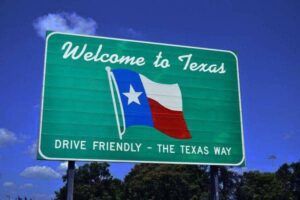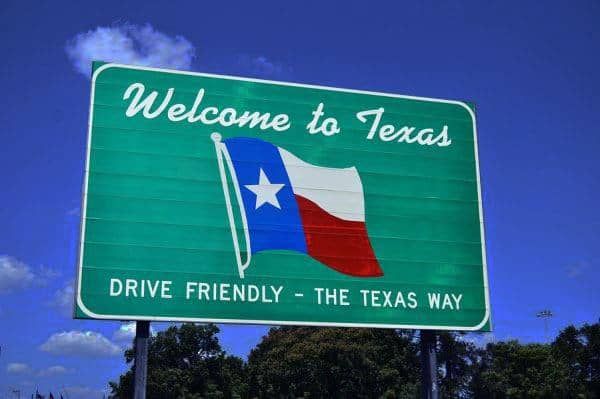 Not that long ago, Texas drunk drivers didn’t have many options after a driving while intoxicated (DWI) conviction. If you made the decision to drink and drive, you were going to need a bus pass, have someone drive you everywhere, or spend a lot of money on a Uber and cabs to get where you needed to go.
Not that long ago, Texas drunk drivers didn’t have many options after a driving while intoxicated (DWI) conviction. If you made the decision to drink and drive, you were going to need a bus pass, have someone drive you everywhere, or spend a lot of money on a Uber and cabs to get where you needed to go.
Thankfully laws changed on September 1st, 2015, and now that the Texas ignition interlock program is in place, DWI offenders aren’t sidelined for months at a time while they wait out their driver’s license suspensions.
Here are three things an offender should know about the Texas ignition interlock program.
You can drive immediately after a DWI, as long as you have an ignition interlock
In Texas a first time DWI charge will result in you losing your driver’s license for ninety days up to one year. If you opt to install an ignition interlock device, you can skip the driver’s license suspension and immediately begin driving again.
If you don’t have plans to drive, you don’t have to get an ignition interlock
Although it’s mandatory for a Texas DWI offender with a blood alcohol concentration (BAC) over .15 to install an ignition interlock, the law changed to include ignition interlocks as an option for offenders BAC above .08 too. That means if you want to continue driving, you can do so with an ignition interlock. If you choose not to install, you can’t drive until your driver’s license suspension period is up.
You have thirty days to install your Texas ignition interlock
To drive after a Texas DWI you’ll have to apply for a restricted license. To be eligible for that restricted driver’s license you’ll have to have your ignition interlock installed and pay all fees associated with it within thirty days.
The Texas ignition interlock program is a good step in the right direction for all DWI offenders in the state, and with this new law on the books since last year, Texas should begin seeing a real decrease in repeat drunk driving offenses.
